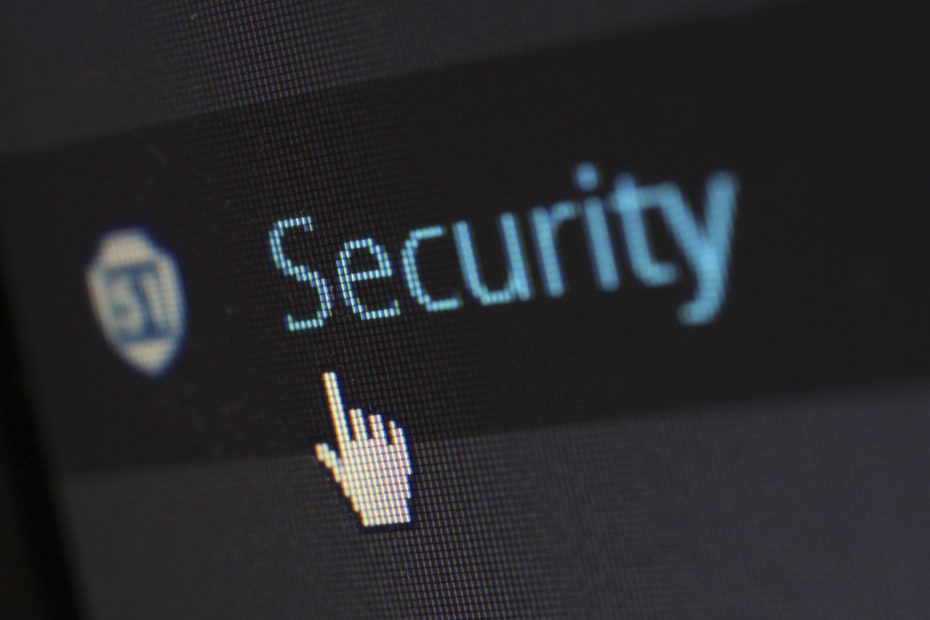How to Set Up Parental Controls on Your Devices for Online Safety
Parental controls are an important tool for parents to ensure their children’s online safety. Setting up parental controls on your devices can help protect your children from inappropriate content, cyberbullying, and other online threats. Here are some tips on how to set up parental controls on your devices:
First, you should research the different types of parental control options available for each device. Many devices come with built-in parental control settings that allow you to block certain websites or apps, limit screen time, and monitor activity. You can also download third-party software that offers additional features such as setting time limits and blocking specific content.
Once you have chosen the right parental control option for your device, it is important to set up a secure password so that only you can access the settings. You should also make sure to keep the password safe and not share it with anyone else. Finally, it is important to regularly check in with your child about their online activities and discuss any concerns they may have about their safety online.
The Importance of Parental Controls in Protecting Your Children Online
Parental controls are an important tool for parents to protect their children online. They allow parents to monitor and restrict the content that their children can access, as well as limit the amount of time they spend on the internet. This helps to ensure that children are not exposed to inappropriate material or activities, such as cyberbullying or online predators. Parental controls also help to protect children from accidentally downloading malicious software or viruses, which can be damaging to a computer system.
In addition to protecting children from potential harm, parental controls can also help them develop healthy habits when it comes to using technology. Parents can set limits on how much time their child spends online and what types of websites they visit. This encourages responsible use of technology and teaches kids about digital citizenship. By setting up parental controls, parents can ensure that their children have a safe and secure experience while browsing the web.
Top Parental Control Apps and Software for Safe Internet Browsing
Parental control apps and software are becoming increasingly popular as parents look for ways to keep their children safe while browsing the internet. With so many options available, it can be difficult to know which one is best for your family. Fortunately, there are a few top parental control apps and software that offer comprehensive protection from online threats.
One of the most popular parental control apps is Qustodio. It provides real-time monitoring of web activity, including social media sites like Facebook and Twitter, as well as blocking inappropriate content. It also allows you to set time limits on device usage and track location with GPS. Another great option is Norton Family Premier, which offers advanced features such as keyword alerts and detailed reports on your child’s online activities. Finally, Kaspersky Safe Kids provides an easy-to-use interface with powerful tools such as age-appropriate content filters and app management capabilities. All three of these programs provide excellent protection for your family’s online safety.
How to Talk to Your Kids About Online Safety and the Role of Parental Controls
Online safety is an important topic for parents to discuss with their children. With the rise of technology, it’s more important than ever that kids understand how to stay safe online. Parents should talk to their kids about the potential risks associated with using the internet and social media, such as cyberbullying, identity theft, and inappropriate content. It’s also important to explain why parental controls are necessary and how they can help protect them from these risks.
When discussing online safety with your kids, it’s important to be open and honest about the potential dangers of using the internet. Explain what types of activities are appropriate and which ones aren’t. Talk about how they can protect themselves by setting strong passwords, avoiding suspicious links or downloads, and not sharing personal information online. Additionally, make sure they know that if something makes them feel uncomfortable or unsafe while online, they should tell you right away. Finally, explain why parental controls are necessary and how they can help keep them safe while using the internet.
Common Online Risks for Children and How Parental Controls Can Help Mitigate Them
Online risks for children are becoming increasingly common as more and more young people gain access to the internet. These risks can range from cyberbullying, exposure to inappropriate content, or even online predators. It is important for parents to be aware of these risks and take steps to protect their children from them.
One way that parents can help mitigate these risks is by using parental controls on devices used by their children. Parental controls allow parents to set limits on what websites their children can visit, block certain types of content, and monitor their child’s online activity. They also provide a way for parents to keep track of who their child is talking to online and ensure that they are not engaging in any dangerous activities. By taking advantage of parental control options, parents can help ensure that their children stay safe while using the internet.
